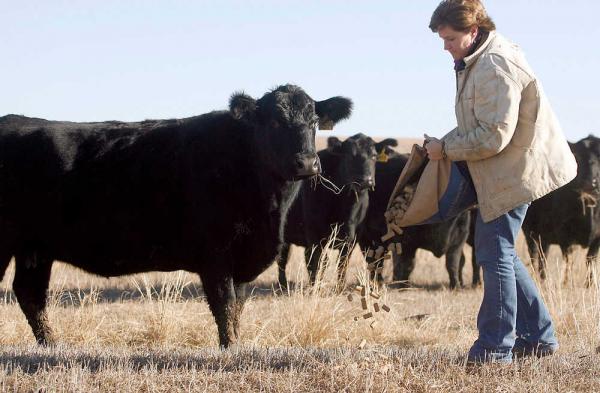October 21, 2024 – Blackleg is a highly infectious bacterial disease affecting cattle, primarily young calves between six months to two years old. It is caused by Clostridium chauvoei, a spore-forming bacterium that is naturally present in the soil. The disease is often fatal, with affected animals showing sudden symptoms such as lameness, swelling, and high fever, leading to rapid death. In Texas, where cattle ranching is a significant part of the agricultural economy, managing and preventing blackleg is a priority. The Texas A&M AgriLife Extension Service plays a critical role in providing information, education, and resources to help ranchers combat this disease.
Understanding Blackleg: Blackleg spores can remain dormant in the soil for long periods. When cattle ingest the spores through grazing or from contaminated feed, the spores can activate in the animal’s body, leading to infection. Blackleg typically affects well-nourished and fast-growing calves, and the sudden onset of the disease means many cases go unnoticed until the animal has already died. Symptoms include swelling in the affected muscle areas (usually the legs), lameness, fever, and depression. Upon death, the affected areas may be dark, spongy, and filled with gas, hence the name “blackleg.”
Education and Outreach: Texas A&M AgriLife Extension offers educational programs to raise awareness about blackleg, helping ranchers recognize symptoms, understand transmission, and learn effective prevention strategies. The Extension Service provides workshops, seminars, and printed materials that cover essential topics such as vaccination schedules, biosecurity measures, and best practices for herd health management. By educating ranchers, they aim to reduce the prevalence of blackleg and minimize economic losses for the cattle industry.
Prevention Through Vaccination: Vaccination is the most effective way to prevent blackleg. Texas A&M AgriLife Extension strongly advocates for vaccinating calves around the age of three to four months, with a booster given four to six weeks later. This two-dose approach ensures immunity during the period when calves are most susceptible. Vaccines are inexpensive and can save ranchers from significant economic losses due to sudden cattle deaths. The Extension Service provides guidelines on proper vaccine storage, handling, and administration to ensure maximum efficacy.
Best Practices and Management: Effective blackleg management involves more than just vaccination. Good biosecurity practices can prevent the spread of the disease. Texas A&M AgriLife Extension advises ranchers to maintain clean and dry pastures, avoid overgrazing, and properly dispose of dead animals to reduce environmental contamination. Regularly monitoring cattle for signs of illness and implementing quarantine protocols for new or sick animals can also help minimize the risk of an outbreak.
Research and Collaboration: The Extension Service engages in ongoing research to understand more about blackleg outbreaks and the environmental factors contributing to the disease. By collaborating with veterinarians, researchers, and cattle industry professionals, they can develop new prevention strategies and refine existing ones. Their research findings are shared with the community, helping ranchers stay updated on the latest recommendations.
Through education, vaccination promotion, and practical management advice, Texas A&M AgriLife Extension Service assists cattle producers in Texas in effectively managing and preventing blackleg. Their goal is to safeguard the health of livestock, ensure the sustainability of cattle operations, and support the broader agricultural economy of the state. For more information on cattle disease, consult your veterinarian.






